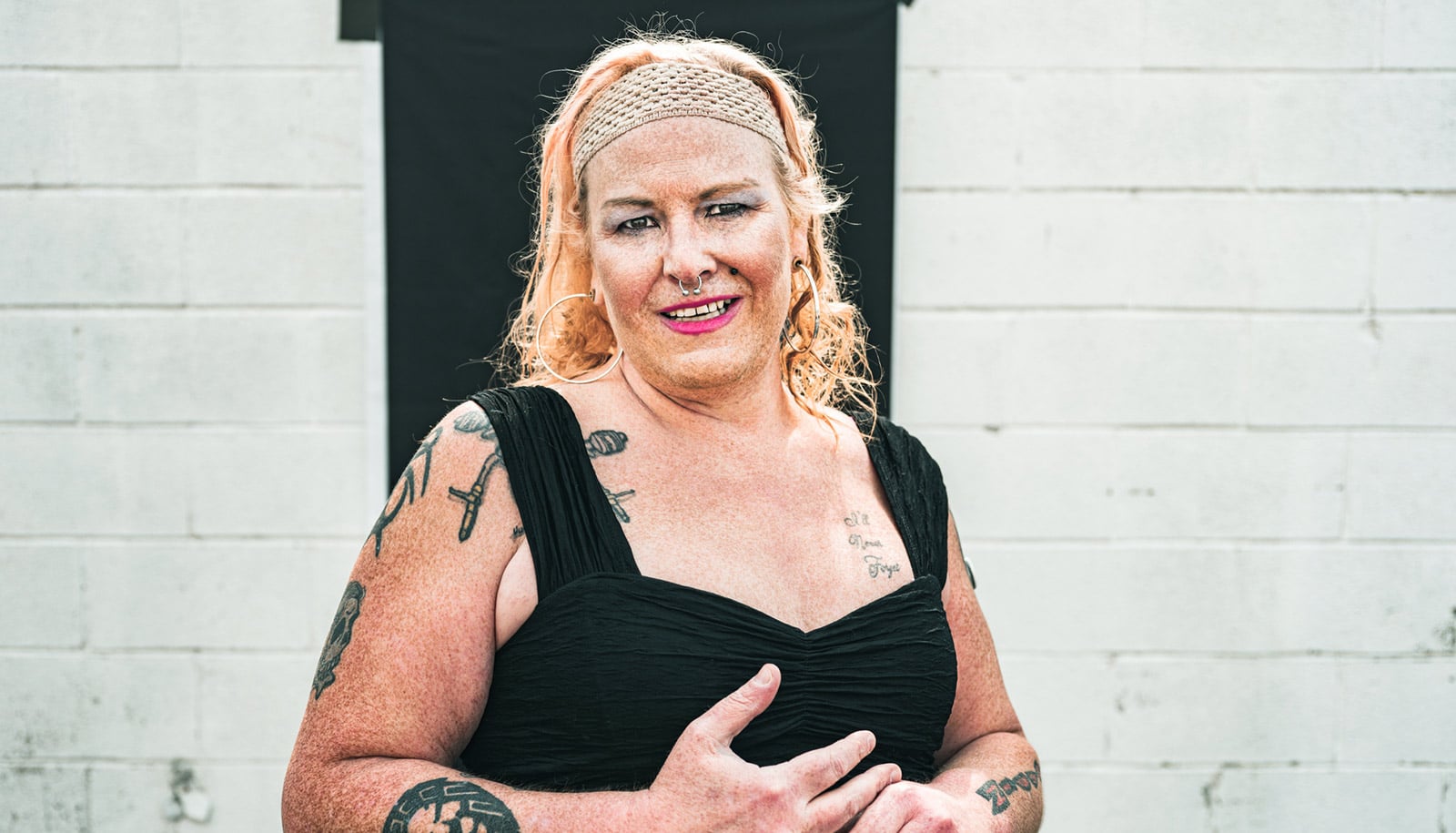Feeling connected to one’s community can alleviate the harmful health effects of chronic exposure to stigma for transgender and nonbinary people, according to a new study.
Researchers wanted to know how that exposure affected the health and resilience of trans and nonbinary people.
The study, published in the journal Hormones and Behavior in January, followed a year in which more than 500 pieces of anti-trans legislation were introduced in the United States, according to Trans Legislation Tracker.
That is the highest number ever recorded and a record-breaker for the fourth year in a row. The organization says that makes it the worst year in legal history for transgender and gender-diverse people.
The study team was led by a pair of trans researchers, anthropology professor L. Zachary DuBois at the University of Oregon and Jae A. Puckett, a psychology professor at Michigan State University.
“The implications of these findings highlight the importance of community connections as a buffer for supporting resilience,” DuBois says. “This is particularly important in this increasingly challenging political environment for trans and nonbinary people.”
The study included trans and nonbinary people living in Michigan, Nebraska, Oregon, and Tennessee. The aim was to broaden knowledge about resilience and stigma in a range of situations and political climates.
The researchers looked at variations in the body’s production of cortisol, a key hormone in the stress response. Daily production of cortisol typically rises and reaches its peak shortly after waking and slowly decreases throughout the day. That rise and fall in cortisol is linked to the body’s resilience in the face of stressors.
“Almost every cell and system in our body is influenced by the stress hormone cortisol,” says Robert-Paul Juster, a collaborating researcher of the study. “This is why chronic stress manifests itself in a plethora of pathologies linked to the cells in our heart, brain, stomach, and kidneys, as well as impairments in cognition and mental health, to name but a few consequences.”
The researchers demonstrated a link between higher exposure to gender-related stigma and a pattern of cortisol variation that was blunted, sluggish, and flattened, indicating a lowered ability to regulate the body’s stress response.
Encouragingly, the study also showed that trans and nonbinary people who feel more connected to their communities have a more robust pattern of cortisol response, which suggests they can recover better from stress.
The results also align with earlier findings that transgender women and gender-diverse people assigned male at birth experience more overall stigma than the rest of the community. The authors interpret that as a result of sociocultural aspects of gender and social roles, not biology.
The researchers say that, until recently, few studies have been inclusive of trans and nonbinary people as participants in research. They say that’s due in part to a conception of sex and gender as rigid and binary, creating a bias in scientific knowledge.
“Community-based studies like this one are bridging the gap between what marginalized people know intimately and what is understood scientifically,” says Gaïa Guenoun, a research coordinator in Juster’s laboratory.
Additional coauthors are from the University of Nebraska-Lincoln, San Jose State University, and the University of Montreal.
Source: Henry Houston for University of Oregon



